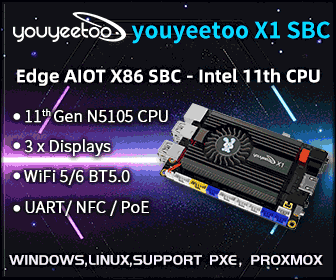Patchsets for Nvidia Tegra K1 “Denver” Submitted to Linux Mainline
Some patchsets have been submitted for Nvidia Tegra 132 a few days ago to the Linux ARM Kernel mailing list. Tegra 132 is the codename for the 64-bit version of Tegra K1, and they’re also a mention of Norrin64 FFD board, that should be a Chromebook reference design.
|
1 2 3 4 5 6 7 8 9 10 11 12 |
diff --git a/include/soc/tegra/fuse.h b/include/soc/tegra/fuse.h index 8e1249474e84..b5f7b5f8d008 100644 --- a/include/soc/tegra/fuse.h +++ b/include/soc/tegra/fuse.h @@ -21,6 +21,7 @@ #define TEGRA30 0x30 #define TEGRA114 0x35 #define TEGRA124 0x40 +#define TEGRA132 0x13 #define TEGRA_FUSE_SKU_CALIB_0 0xf0 #define TEGRA30_FUSE_SATA_CALIB 0x124 |
Tegra114 and Tegra124 are the codename for Tegra K1 32-bit processor with Tegra124 clocked at a higher frequency. Norrin64 board dts does not seem included in the patchsets, but it’s available from Chromium OS code, and shows it’s using 2GB RAM too. That also means Chrombooks like Acer Chromebook 13 (CB5) or HP Chromebook 14 with the 32-bit version of the Tegra K1 might soon get an upgrade to the 64-bit version. Thanks to David for the tip.





